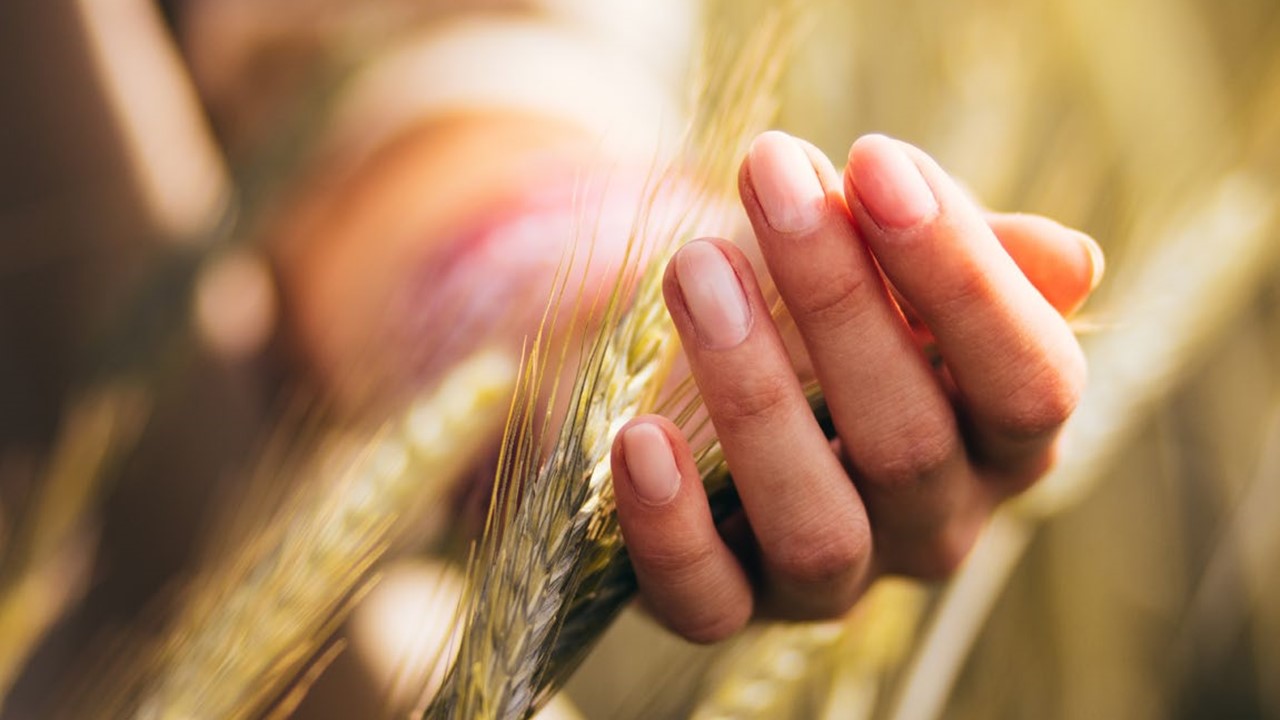
We are delighted to present our annual publication which gives an update of the main trends in French rural markets, enriched with our feedback as agricultural professionals.
Demonstrations by farmers and winegrowers have highlighted flaws in the French and European systems. For most sectors and productions, agricultural prices are not only volatile but also not profitable enough for producers. Meanwhile, consumers who are losing purchasing power are not willing to accept increases in food prices. Finally, the civil society, via the implementation of new norms, is calling for the rural world to respect the environment by producing more and better. Amidst these demands that may appear contradictory, industry professionals are waiting for a clear and coherent vision, especially as one in two farmers will be retiring over the next decade!
New technologies are opening up new opportunities. Meanwhile, the development of renewable energies is offering producers higher revenue potential, while diversifying the energy mix. Agroforestry and changes in agricultural practices can help to improve soil fertility and capture large quantities of carbon from the atmosphere, thereby reducing the impact of climate change. Finally, ecosystem services (wetland conservation, carbon sequestration by grassland, fields or forests, water cycle regulation, protection against erosion) should eventually provide an additional income for sustainable farmers, winegrowers and foresters. However, we must support this transition in Europe.
In a world facing unprecedented environmental challenges, rural land plays a key role in the shift towards a more sustainable and resilient economy. If well chosen, rural land is still a good investment.

Head of Agrifrance – BNP Paribas Property SNC


FARMLAND
At the beginning of 2024, the International Grains Council forecast a global production of 2,301 million tonnes of cereals for the 2023/24 harvest, or a 2% increase due to slightly larger-than-expected harvests in Argentina and Australia. Within the international market there were turmoil regions experiencing climatic and geopolitical uncertainty. South-East Asia suffered from a major drought, whereas Brazil and Argentina enjoyed good harvests.
In Europe, Ukrainian imports and Russian wheat flooded the market, with prices falling as a result.

VINEYARDS
According to the International Organisation of Vine and Wine (OIV), the world’s wine production in France in 2023 (around 237 million hectolitres) recorded a 60-year low owing to climate events. In France, wine production was estimated at 48 million hectolitres, a good volume, up 4.4% on 2022, and +6% versus the last five-year average. In contrast, production for Italy and Spain fell by 23% y/y and 21% y/y respectively, enabling France to dethrone Italy as the world’s largest wine producer.
In France, the grape harvests were a mixed bunch. In the North of the country, production was higher, whereas the South of France (as Spain and Italy) experienced substantial declines due to droughts and vine diseases, particularly common or powdery mildew.



FORESTS
According to the Fédération des Experts Forestiers, sales volumes for timber are at a 10-year low (less than 700,000 m3) and demand is dwindling.
This analysis was confirmed by the Office National des Forêts. The inflation peak in the timber market seems to be behind us, and the market remains fragile. In the short and medium term, although the situation differs across species and regions, industry professionals have little visibility on the market due to the slowdown in the global economy. Furthermore, during the first half of 2024, foresters really struggled to exploit harvested wood owing to strong rainfall.
In the short term, particularly in the softwoods market, there are also little prospects for new constructions or renovations. Wood is a sustainable material, so in the long term, it should remain in high demand thanks to innovation and the quest for new uses.


